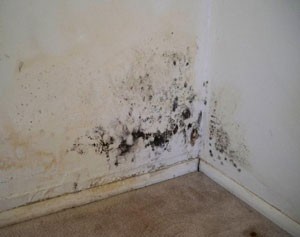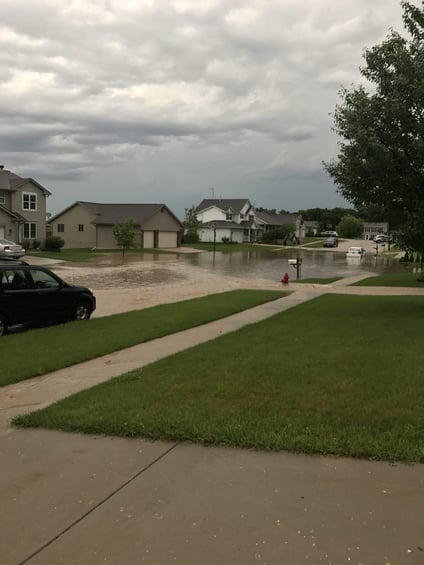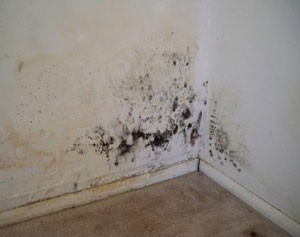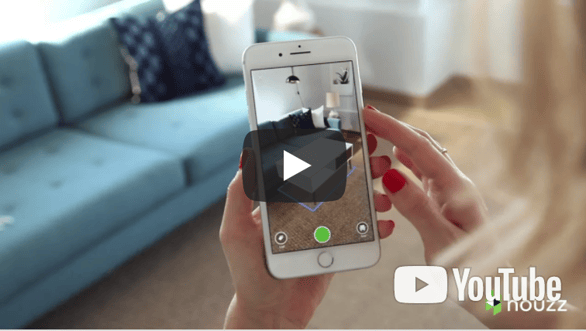Flooding and Water Damage
Wednesday, July 12 brought torrential rain to Southeast Wisconsin.
View photos from the flooding.
If you have water damage, you may now be wondering, "What do I do now?"
Here are some best practices you’ll need to employ within the first 24 hours after the flood to ensure the safety of your home and family and give you the best outcome possible with your insurance company.
-
- Take pictures or video.
Your insurance company will want to see photos. If you start removing water or making repairs before you photograph the damage, you could potentially decrease the extent of your coverage. - Get all the water out.
Use a sump pump, available from most hardware or home supply stores and a wet vac to remove the water. Open doors and windows to allow fresh air to circulate. - Start drying everything out.

Mold can develop within 24 to 48 hours of a flood, says Ashley Small of FEMA, so remove wet contents, including carpeting and bedding, as soon as possible. If an item has been wet for less than 48 hours, it may be salvageable. However, you’ll need to decide whether it holds enough monetary or sentimental value to try to do so. And notify your insurance company before removing items to ensure that you’re not affecting coverage. Rugs, for example, may be dried and then cleaned professionally, which could cost $100 to $500 or more, depending on the size and number. Large pieces of furniture that are saturated will likely be difficult to dry effectively, and should often be discarded.Mold growth can be controlled on surfaces by cleaning with a non-ammonia detergent or pine oil cleaner and disinfecting with a 10% bleach solution. (Caution: Never mix ammonia and bleach products, as the resulting fumes can be highly toxic.) Always test this solution on a small area of the item or area you’re cleaning to be sure it doesn’t cause staining or fading.Carefully poke holes at floor level in the drywall to allow water trapped behind it to escape.You may also wish to hire a flood restoration service such as SERVEPRO of Lake Geneva.
- Call your insurance company.
Water damage and flood damage are different. When you report the claim to the insurance company, make sure to specify whether the claim is for water damage or for flood damage, so they can begin adjusting your claim correctly.Advise your insurance representative of the state of your home and any repairs you intend to do immediately. Be sure to follow the insurance company’s direction about whether or not to wait for an adjuster to inspect the property before making repairs. Document the damage and conversations at every stage of the process. - Give us a call!
We are here to help and happy to discuss your project needs. 262-723-7232.Here is some video from the flooding.
- Take pictures or video.





